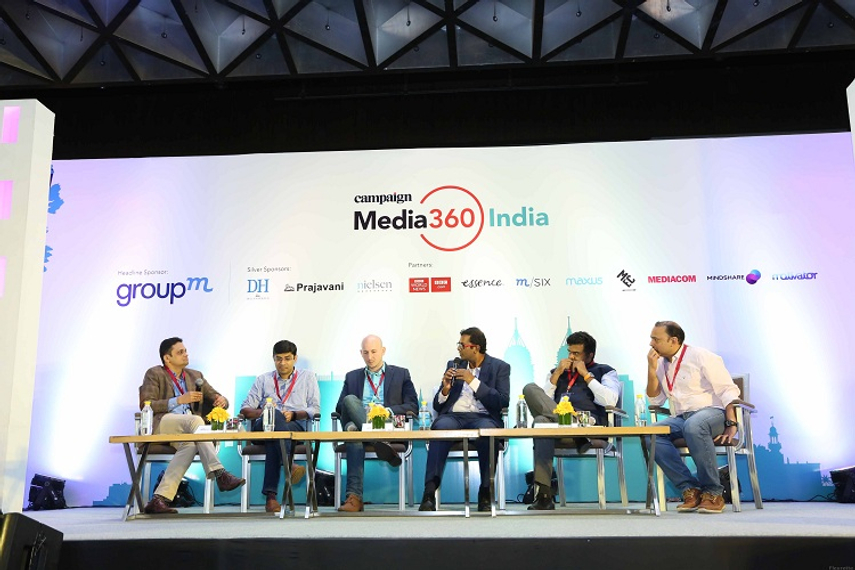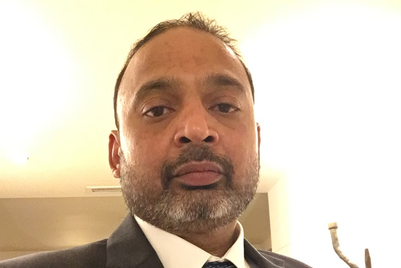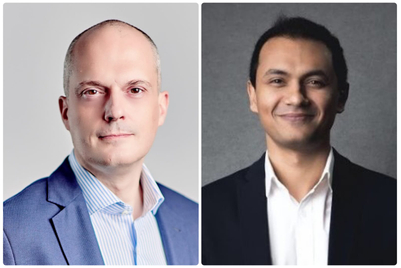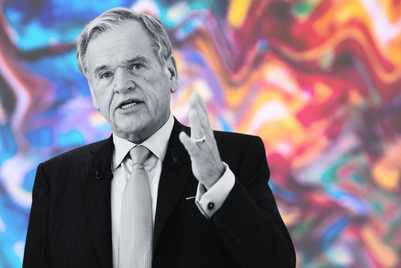
At Media360 India, Lakshmi Narasimhan, chief growth officer, South Asia, GroupM, explained that user experience has to be imperative when publishers serve out ads, else there will be more and more ad blockers installed.
He said, "We are seeing some browsers come with built-in ad blockers. We see a lot of advertisers and publishers actually compromise user experience. If user experience is kept in mind, ad blockers will go away. On television in 40 minuntes one sees about nine to 10 ads. On digital in the same time you see 80."
Mallikarjun Das, group CEO, Starcom India, was also part of the panel.
He believed that digital can learn from what outdoor and television have done in the past and do a 'clean up'. "The clutter happening in digital now was seen in outdoor in the 20s and 30s. But it didn’t die and actually improved. We saw similar stuff happen on television through 10+2 regulation. For digital, a clean up is certainly required," said Das.
Also on the panel were Kartikeya Varma, director of marketing effectiveness with Nielsen, Jamie Kenney, business head of digital with BARC and Vidyadhar Kale, agency head, global marketing solutions, with Facebook India. The panel was moderated by Ramanujam Pobbisetty, director, comScore.
Pobbisetty set the tone for the discussion by stating, "Indians spend five times more time on mobile compared to desktop. But we are still plagued on the medium. 55 per cent of the ads delivered don’t have an opportunity to be seen in reality."
He asked the panel what could be done to increase digital's advertising pie to 25-30 per cent.
GroupM's Narasimhan, said, "Today about 14 to 15 per cent of advertising spends are on digital. From a user perspective one third of their time is spent on digital. If we see younger audiences, this increases to two third. From my perspective spends will shift to digital and it will happen unorganically (through spends shifting from other mediums to digital). But the challenge digital faces is that 34 per cent of all the internet traffic is fraudulent. Then emerges the question of viewability and ad blockers. So there’s a supply chain integrity."
Das believed that digital advertising will increase if a third-party measurement tool is in place. He said, "Digital will have to be agreed to be measured like other mediums (third-party). We need a uniform way of measuring it. Then there's the issue of viewability. If you go through the advertising pie on television, 20 to 25 per cent of it goes to sport or entertainment. On digital the content environment is yet to evolve."
Facebook's Kale explained how the network is helping increasing the base of internet users in "We are looking to increase audience. We’re getting entrepreneurs in tier two and tier three cities to become distributors of wifi in sachets. Then there’s a profile guard we have introduced to get more women on board and feel safe. And regional content specific browsers too."
He added, "Ads should be served to human beings. It should reach the right audience. It should deliver the right business results. The focus needs to go to building the clients business."
Kartikeya Varma, director - marketing effectiveness, Nielsen, explained how advertisers need to know the right benchmark and the company is looking to offer clients the right measurement tools.
Jamie Kenney, business head - digital, BARC, echoed Varma's sentiments about having set standards and a common language too. He also spoke about how the Indian market is unique and fragmented. "India is like Europe with every state having a different language. Connectivity is a major issue too here. In the USA cable is expensive and Netflix is cheap, but in India cable is still cheap. So how things are consumed is different."
Das added, "The cost of digital is very high. If you calculate reach in a mass way, it’s still very high. The digital industry could do with differential pricing for categories not advertising in the medium currently."


.jpg&h=334&w=500&q=100&v=20250320&c=1)

.jpg&h=334&w=500&q=100&v=20250320&c=1)

.jpg&h=334&w=500&q=100&v=20250320&c=1)



.jpg&h=334&w=500&q=100&v=20250320&c=1)
.jpg&h=334&w=500&q=100&v=20250320&c=1)


.jpg&h=268&w=401&q=100&v=20250320&c=1)

.jpg&h=268&w=401&q=100&v=20250320&c=1)
.jpg&h=268&w=401&q=100&v=20250320&c=1)


